What Is Horse Chestnut Used For: Common Horse Chestnut Uses
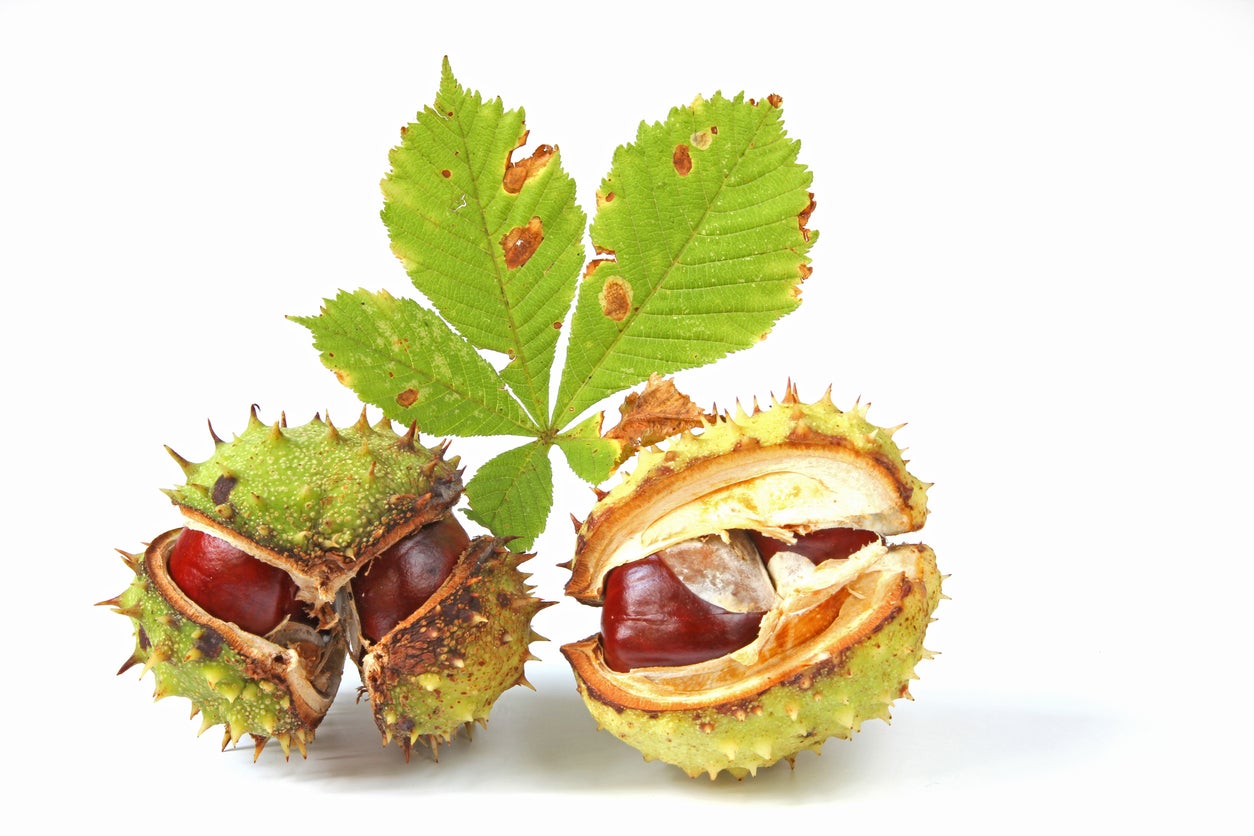

While commonly found in landscape plantings in yards and along city streets, horse chestnut trees have long been popularized for their beauty, as well as usefulness. Historically, the list of horse chestnut uses is quite an impressive one. From their use as magnificent shade trees to their proposed health benefits, it is easy to see why the cultivation of horse chestnut trees has spread throughout the world.
What is Horse Chestnut Used For?
First and foremost, horse chestnut trees are different from traditional “chestnuts.” This common name is often cause for great confusion. All parts of the horse chestnut tree, Aesculus hippocastanum, are extremely toxic and should not be eaten by humans. Horse chestnuts contain a poisonous toxin called esculin. This toxic substance causes serious complications and even death when ingested. It is through proper processing that the toxins are removed.
Note: Using horse chestnut trees, specifically the conkers (seeds), to create horse chestnut extract is the method used in the creation of horse chestnut supplements. This process cannot be done at home.
While only a small number of studies have been done regarding the extract of the horse chestnut, benefits and alleged uses are numerous. It has been regarded by many for its use in treating of number of ailments. It's been suggested that horse chestnut supplements have helped with conditions such as leg pain, swelling, and even helped with issues related to chronic venous insufficiency.
It is also important to note that these claims have not been evaluated by the Food and Drug Administration (FDA). Due to side effects, complications, and possible interactions, horse chestnut extract should not be taken by women who are nursing or pregnant, or individuals with pre-existing medical conditions. Additionally, those who take any other medications should always consult a qualified physician before using horse chestnut extract supplements.
Gardening tips, videos, info and more delivered right to your inbox!
Sign up for the Gardening Know How newsletter today and receive a free copy of our e-book "How to Grow Delicious Tomatoes".

Tonya Barnett has been gardening for 13 years. Flowers are her passion. She has transformed her backyard into a cut flower garden, which she regularly chronicles on her YouTube channel http://www.youtube.com/@tonyawiththeflowers.
-
 Create A Romantic Garden Straight Out Of Bridgerton: Regency Era Romance In Your Garden
Create A Romantic Garden Straight Out Of Bridgerton: Regency Era Romance In Your GardenTry some romantic garden ideas straight out of Bridgerton. Flowers and gardens in the Regency era were lush and charming and you can get the same look!
By Bonnie L. Grant
-
 Moody Blooms For Spring: 8 Types Of Black Flowers To Add Drama To Spring Displays
Moody Blooms For Spring: 8 Types Of Black Flowers To Add Drama To Spring DisplaysFrom midnight burgundies to inky violets, several types of black flowers can enrich and embolden a spring display. Try these brooding bloomers for a moody garden
By Tonya Barnett
-
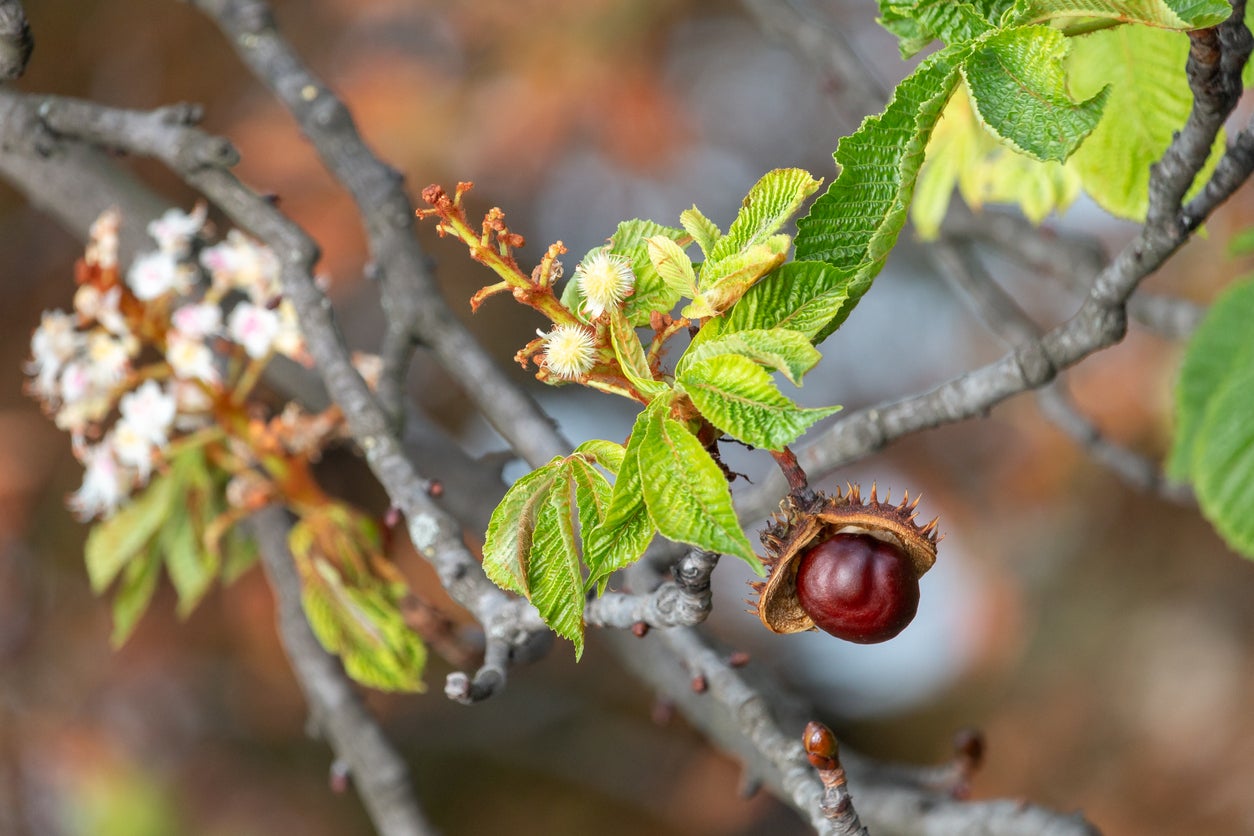 Horse Chestnut Pruning: Should You Cut Back Horse Chestnut Branches
Horse Chestnut Pruning: Should You Cut Back Horse Chestnut BranchesWhat does it take to keep a horse chestnut tree healthy? Do you need to cut back a horse chestnut? The following information on horse chestnut pruning discusses the pros and cons of pruning horse chestnut trees and how to prune them. Click here to learn more.
By Amy Grant
-
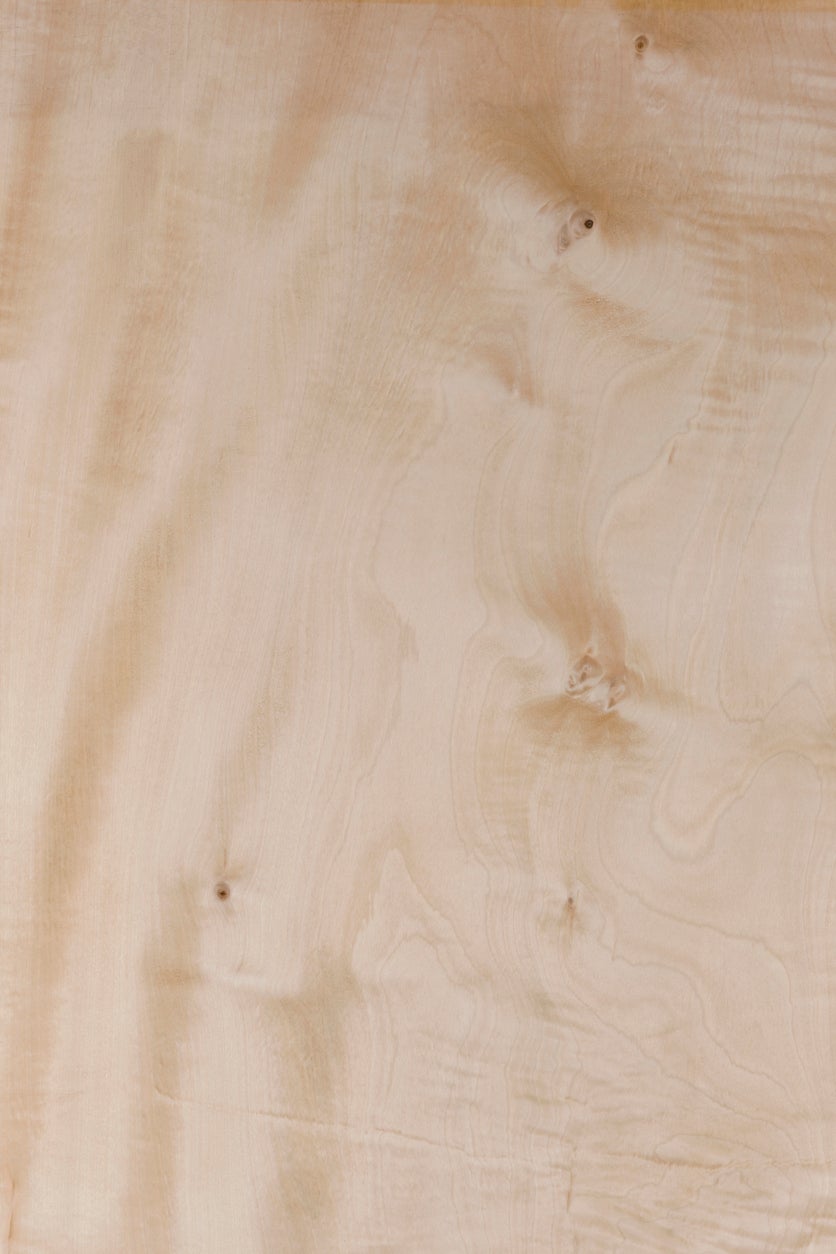 Uses For Horse Chestnut Wood – Building With Horse Chestnut Trees
Uses For Horse Chestnut Wood – Building With Horse Chestnut TreesBuilding with horse chestnut isn’t common because it is a weaker wood compared to others, and doesn’t resist rot well. But, with its creamy color and other desirable characteristics, there are some uses for horse chestnut in woodworking and turning. Learn more here.
By Mary Ellen Ellis
-
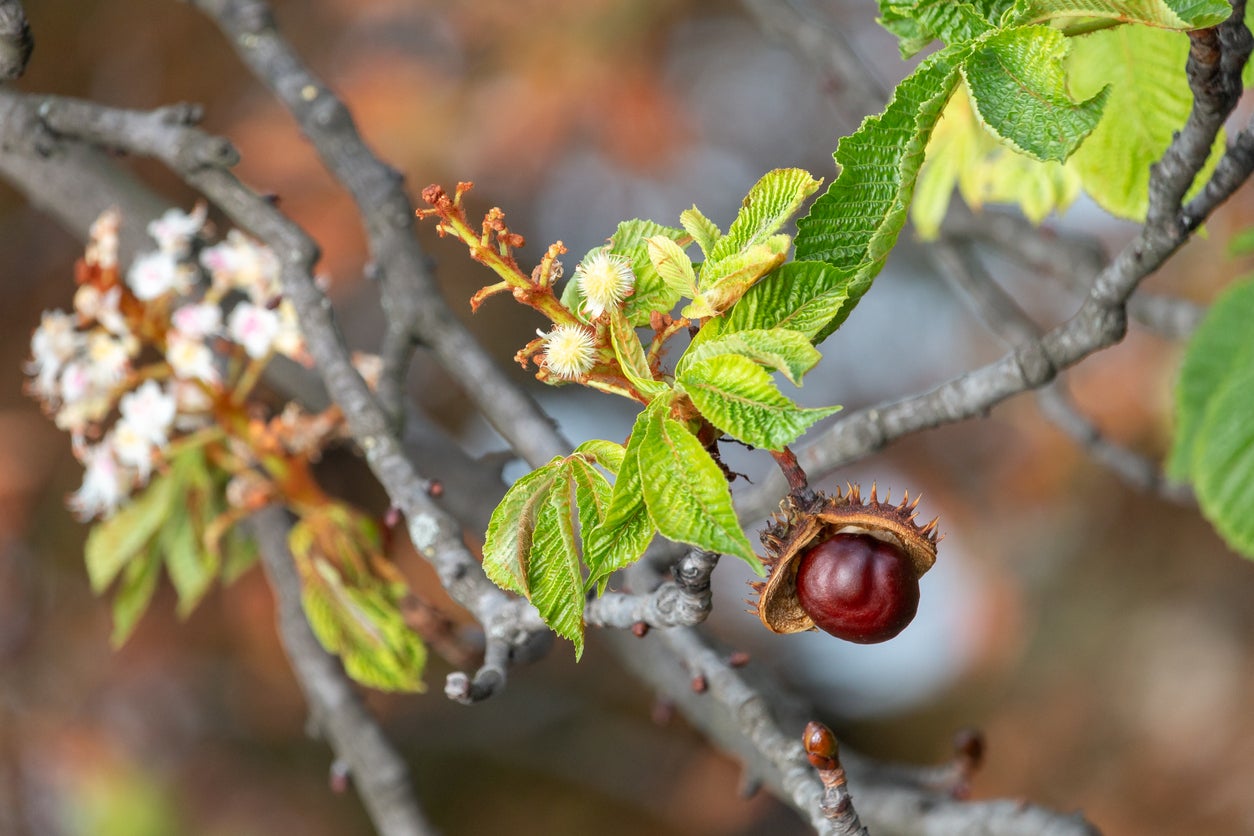 Horse Chestnut Varieties – Are Buckeyes And Horse Chestnuts The Same
Horse Chestnut Varieties – Are Buckeyes And Horse Chestnuts The SameOhio buckeyes and horse chestnuts are closely related but they aren’t the same. Wondering how to tell the difference between buckeyes and horse chestnuts? Learn the distinguishing characteristics of each and more about other Aesculus varieties in this article.
By Mary H. Dyer
-
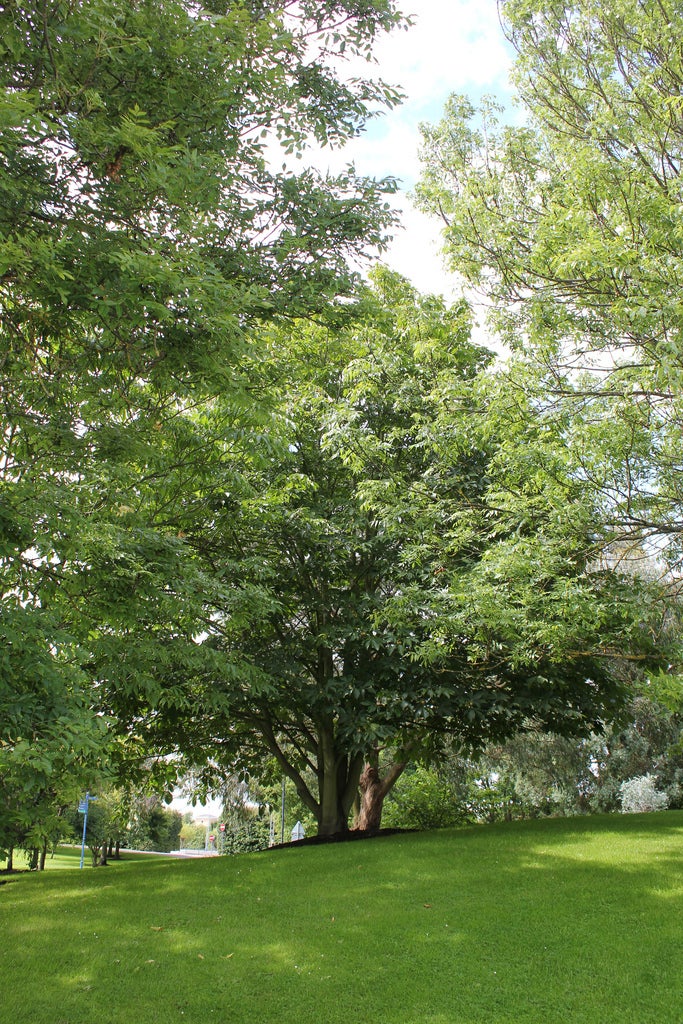 Japanese Horse Chestnut Info: Tips For Growing Japanese Chestnut Trees
Japanese Horse Chestnut Info: Tips For Growing Japanese Chestnut TreesIf you’re looking for a truly spectacular shade tree, look no further than the Turbinata chestnut, also known as the Japanese horse chestnut, tree. Want to learn more? Click on the following article for Japanese horse chestnut info and care for this impressive tree.
By Amy Grant
-
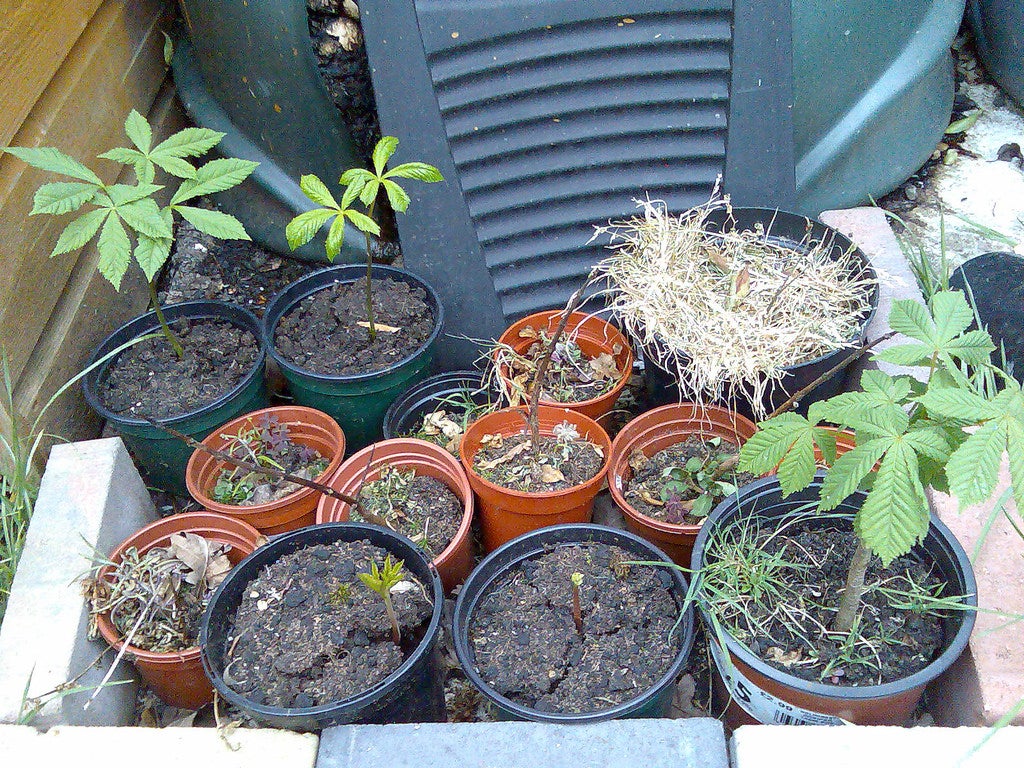 Potted Horse Chestnut Care – Can Horse Chestnut Trees In Containers Survive
Potted Horse Chestnut Care – Can Horse Chestnut Trees In Containers SurviveThe prolific fruit litter from horse chestnuts results in hundreds of intriguing nuts that can be container grown into trees. However, a potted horse chestnut is a short-term solution. Learn more about growing horse chestnuts in containers here.
By Bonnie L. Grant
-
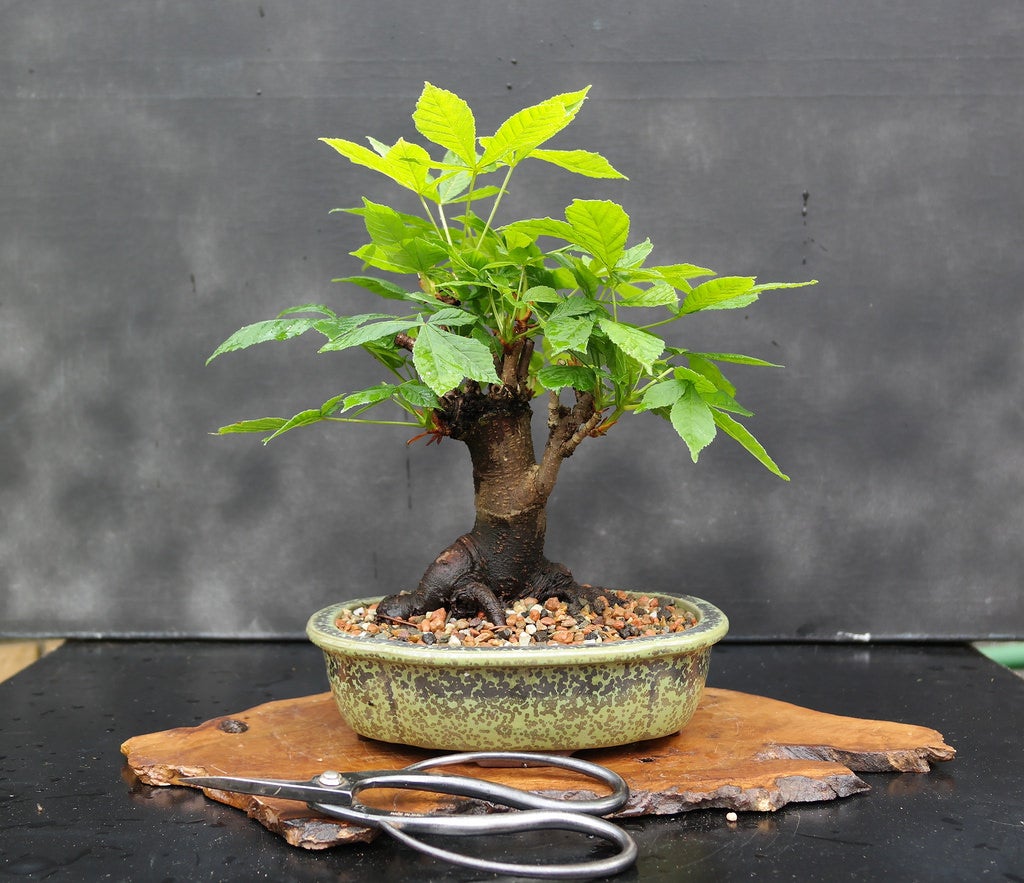 Horse Chestnut Bonsai Plants – Can You Grow A Horse Chestnut Bonsai Tree
Horse Chestnut Bonsai Plants – Can You Grow A Horse Chestnut Bonsai TreeNewcomers to the art of bonsai might have some trepidation about using an expensive specimen for their first attempt. Many native trees can become beautiful bonsai for little cost. Take the horse chestnut, for example. Find out how to grow a horse chestnut bonsai here.
By Amy Grant
-
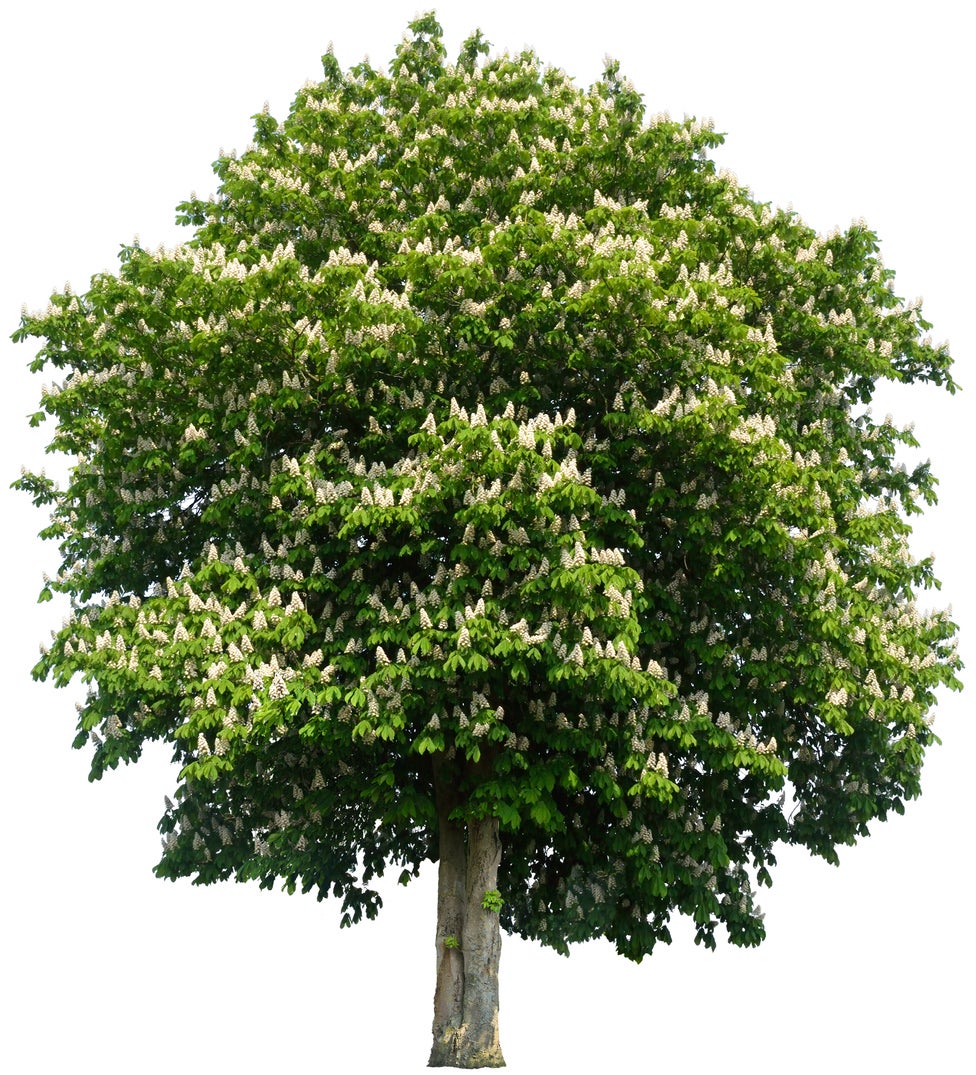 Baumann Horse Chestnut Trees – Care Of Baumann Horse Chestnuts
Baumann Horse Chestnut Trees – Care Of Baumann Horse ChestnutsThe Baumann horse chestnut is an interesting combination of both an attractive flowering tree and one that provides pleasant shade in the summer. Want to see if this tree is a good fit in your landscape? Click here for additional information.
By Tonya Barnett
-
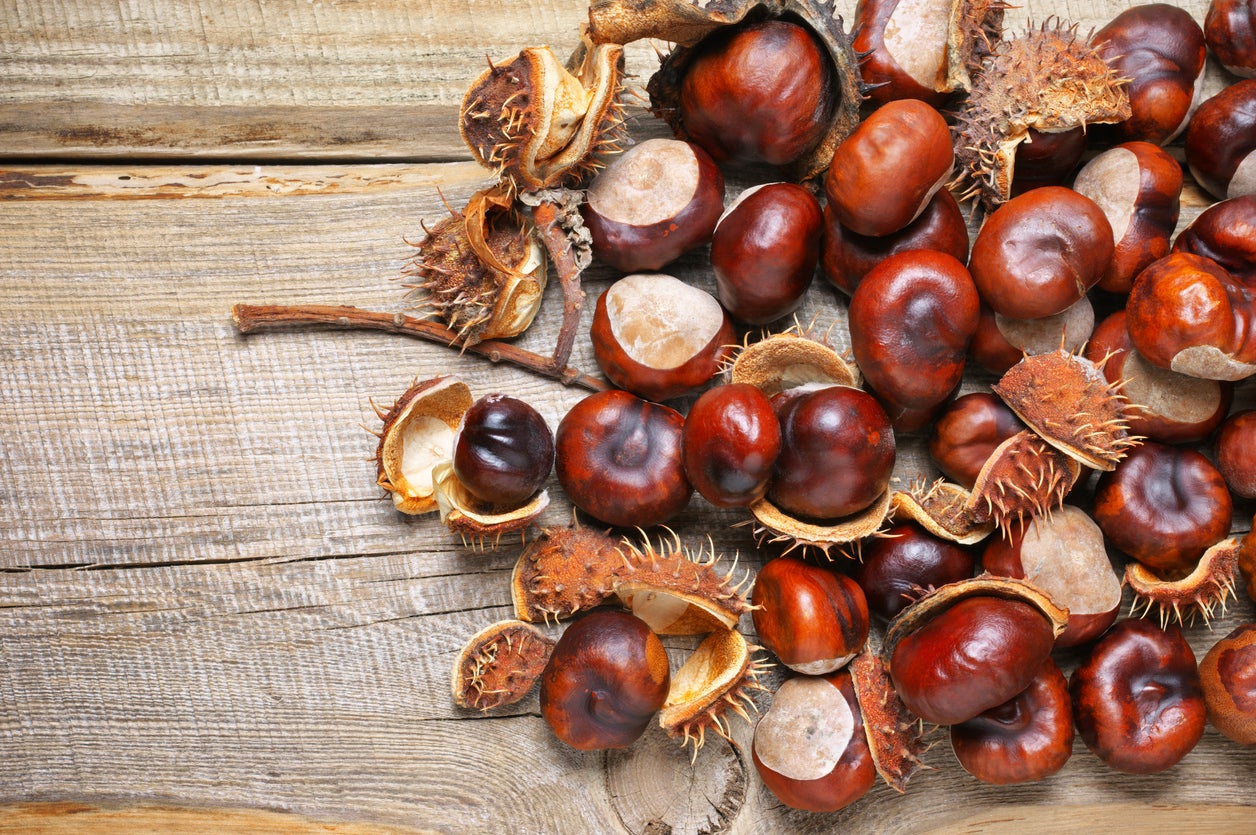 Are Horse Chestnuts Edible: Learn About Toxic Horse Chestnuts
Are Horse Chestnuts Edible: Learn About Toxic Horse ChestnutsWhen you hear the song about chestnuts roasting on an open fire, don’t mistake these nuts for horse chestnuts. Horse chestnuts are a very different nut. Are horse chestnuts edible? They are not and should not be consumed by people, horses, or other livestock. Learn more here.
By Teo Spengler